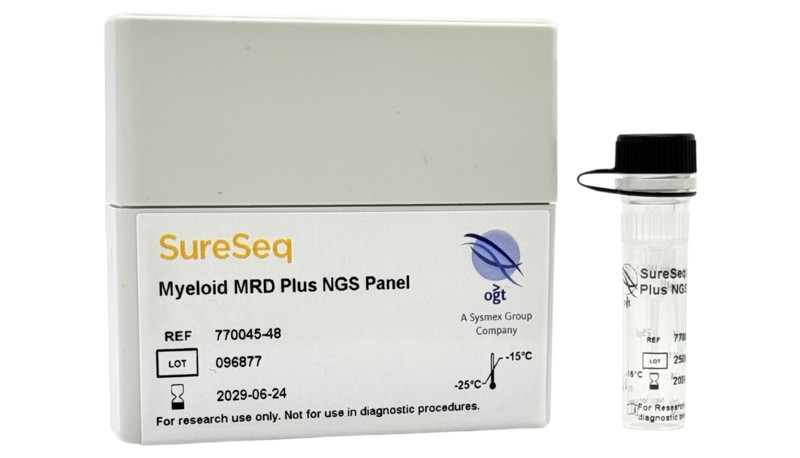



Accelerate your clinical trial assay and CDx development programmes in haematological malignancies by partnering with OGT’s precision medicine team
Discover moreI am grateful for the superb customer support. The speed in which I receive answers or suggestions makes my life as a director much easier and allows me to focus on patient care.

Dr. Theresa C. Brown
Director, Cytogenetics Laboratory, Hayward Genetics Center, Tulane University School of Medicine, USA
We can always rely on excellent assistance from OGT, starting from product selection to collaborative test implementation.
Anna Sobczyńska-Konefał
Head of the Department of Hemato-Oncology Diagnostics, Lower Silesian Center for Oncology, Pulmonology and Hematology, Poland
Technical support is provided by people who have previously worked in a laboratory and who are close to the problems we face, so they have the appropriate solution.
Dr Marina Djurisic
Head of Laboratory of Medical Genetics, Mother and Child Health Care Institute of Serbia “Dr Vukan Cupic”, Serbia
I would definitely recommend OGT to any colleague. If anyone ever asks me if it was worth the effort of transferring to OGT, the answer is a clear yes.

Kath Smith
Consultant Clinical Scientist, Sheffield Children's NHS Foundation Trust, UK
OGT's customer support is outstanding, as their staff are extremely knowledgeable and truly care about their customers and their customers’ needs.

Jennie Thurston
Director of Cytogenetics, Carolinas Pathology Group, USA
This support provided by OGT has been first-class and puts us in good stead for the future.

Dominic McMullan
Consultant Clinical Scientist, West Midlands Regional Genetics Laboratory, Birmingham Women’s NHS Trust, UK
Enables ultra-low variant detection across a range of key MRD targets in AML, including very large FLT3-ITDs.
ReadOGT’s CytoCell KMT2A Breakapart FISH Probe Kit PDx detects clinically relevant rearrangements that occur in patients with acute leukaemia, providing a robust, accessible,...
ReadThrough this partnership, SureSeq™ NGS panel users can gain access to streamlined, high-confidence genomic insights and efficient, scalable reporting from sample to resul...
Read


